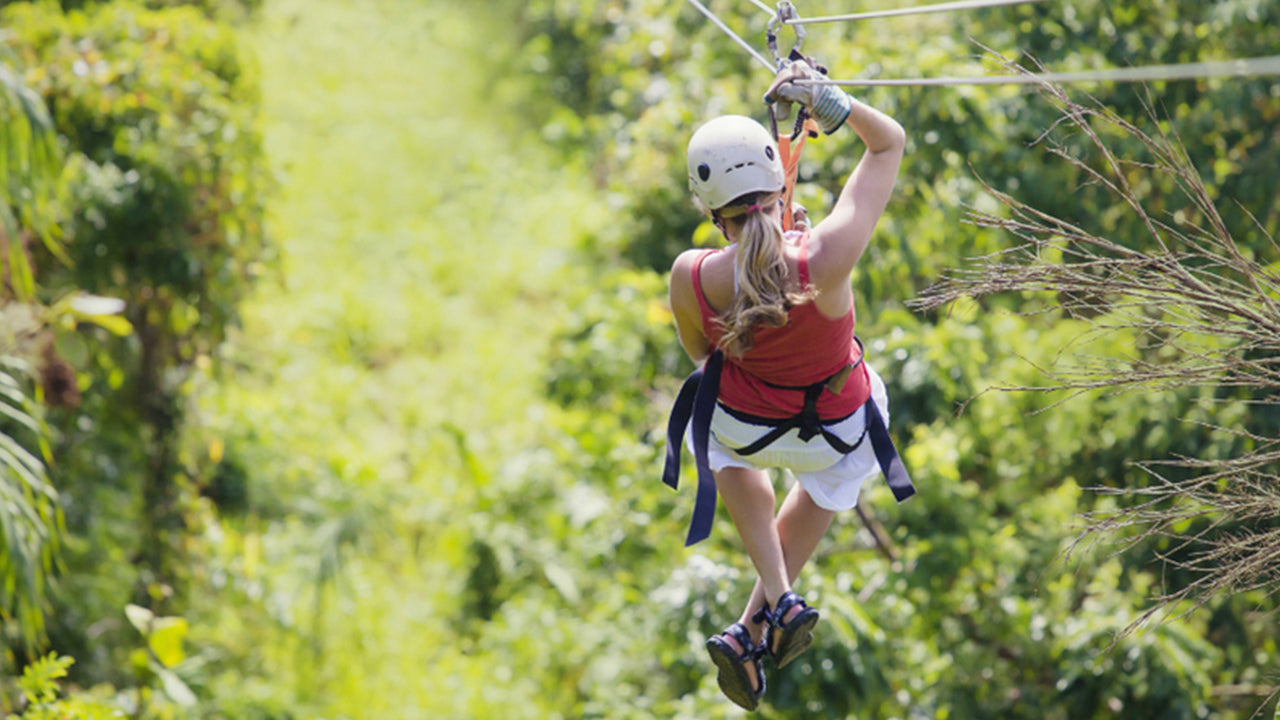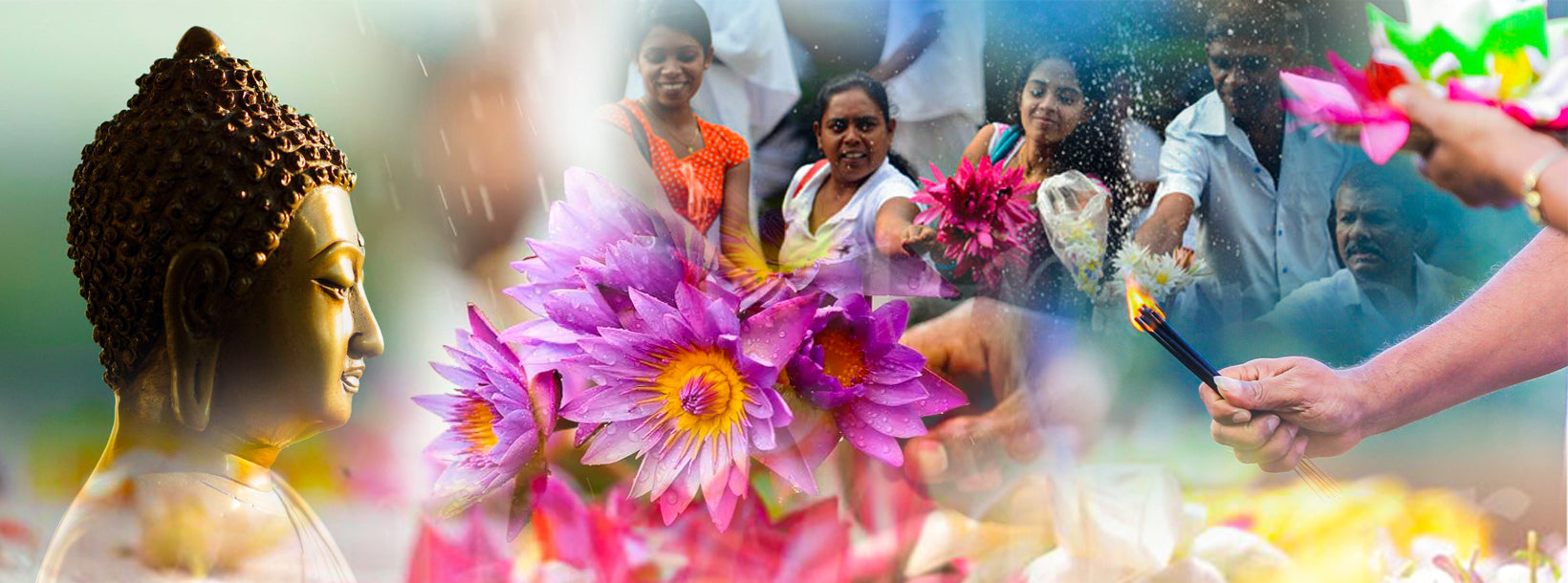
Días de Poya
Los días Poya de Sri Lanka son festividades budistas mensuales que conmemoran eventos de la vida de Buda. Hay 12 días Poya al año, cada uno dedicado a un evento específico. Estos días son significativos en la cultura de Sri Lanka y se celebran con actividades y ceremonias religiosas.
Vap Poya
Whilst October is the month when the nation's agricultural hopes are planted on its soil to be reaped six months hence, it is also the season of giving. Especially, to the monks of the Buddha Sasana whose long line ensured the Dhamma survived through its history, and kept alive the Buddhist philosophy for mankind.
The Vap Poya is probably the third most important in the Sri Lankan Buddhist calendar. The first being Vesak Poya in May when Buddhists world over commemorate the Birth, Enlightenment and Parinibbana of the Buddha, followed by Poson Poya in June that observes the introduction of Buddhism to Sri Lanka over 2,300 years ago.
Vap Poya is significant due to the many historical events that took place on this full moon day. Over 2,500 years ago in the northern plains of India, Suddhodana, the Sakya King of Kapilavasthupura, discovered that his young son would grow up to be a great man one day, just as the royal astrologers had predicted at his birth. As the Buddhist scriptures state, the event happened at the royal Vap Magula (Ploughing Festival) where the king was the first to furrow the land and make the soil ready to receive its first batch of paddy seeds. The King had taken his son and heir Prince Siddhartha - the future Gautama Buddha - to witness the ceremony. Whilst the king was engaged in ploughing the land, Prince Siddhartha, who was five-months old, had gone missing. In panic, the king, rose from the field and began to search for the prince. Prince Siddhartha was found in a leafy glade seated cross-legged in a lotus pose, absorbed in deep meditation; with his frame in a state of levitation. Moved by this extraordinary sight, King Suddhodana could not help but pay salutation to his son.
Vap Poya Is Significant Due To The Many Historical Events That Took Place On This Full Moon Day.It was also on this full moon day, years later, that Gautama Buddha is said to have returned to Sankassa Pura from visiting the heavenly abode of Tavatimsa where his mother who had passed away seven days after giving birth to him resided. Here, he had preached the Abidhamma - the deepest aspect of his philosophy - to his mother. It enabled her to attain ‘Sotapanna', the first of the four states to attaining Enlightenment. Also on Vap Poya, the future Buddha, the Maithri Buddha, as a Bodhisattva still on the path, entered the Order with 500 followers.
Sri Lankan Buddhists, also commemorate on this day important events in relation to the establishment of Buddhism in Sri Lanka. At the request of his sister-in-law Anula Devi who was keen to become a Bhikkuni, King Devanampiyatissa entreated Indian Emperor Asoka to send his royal daughter Sanghamitta Theri to the island. The Emperor had sent his son Arahant Mahinda earlier to introduce Buddhism to Sri Lanka. During her sojourn, Sanghamitta Theri established the Order of the Bhikkuni, thus enabling Anula Devi to be ordained as a Buddhist nun. She also brought to Sri Lanka a sapling of the sacred Bodhi Tree under which the Buddha had attained Enlightenment. This millennia-old tree still thrives in Anuradhapura, the ancient capital of Sri Lanka.
King Devanampiyatissa who converted to Buddhism after hearing Arahant Mahinda's sermon on Mihintale, had asked how Buddhism could be firmly rooted on Sri Lankan soil. The Arahant Mahinda replied, "Dear King, until such time a person born and bred in Sri Lanka en
-
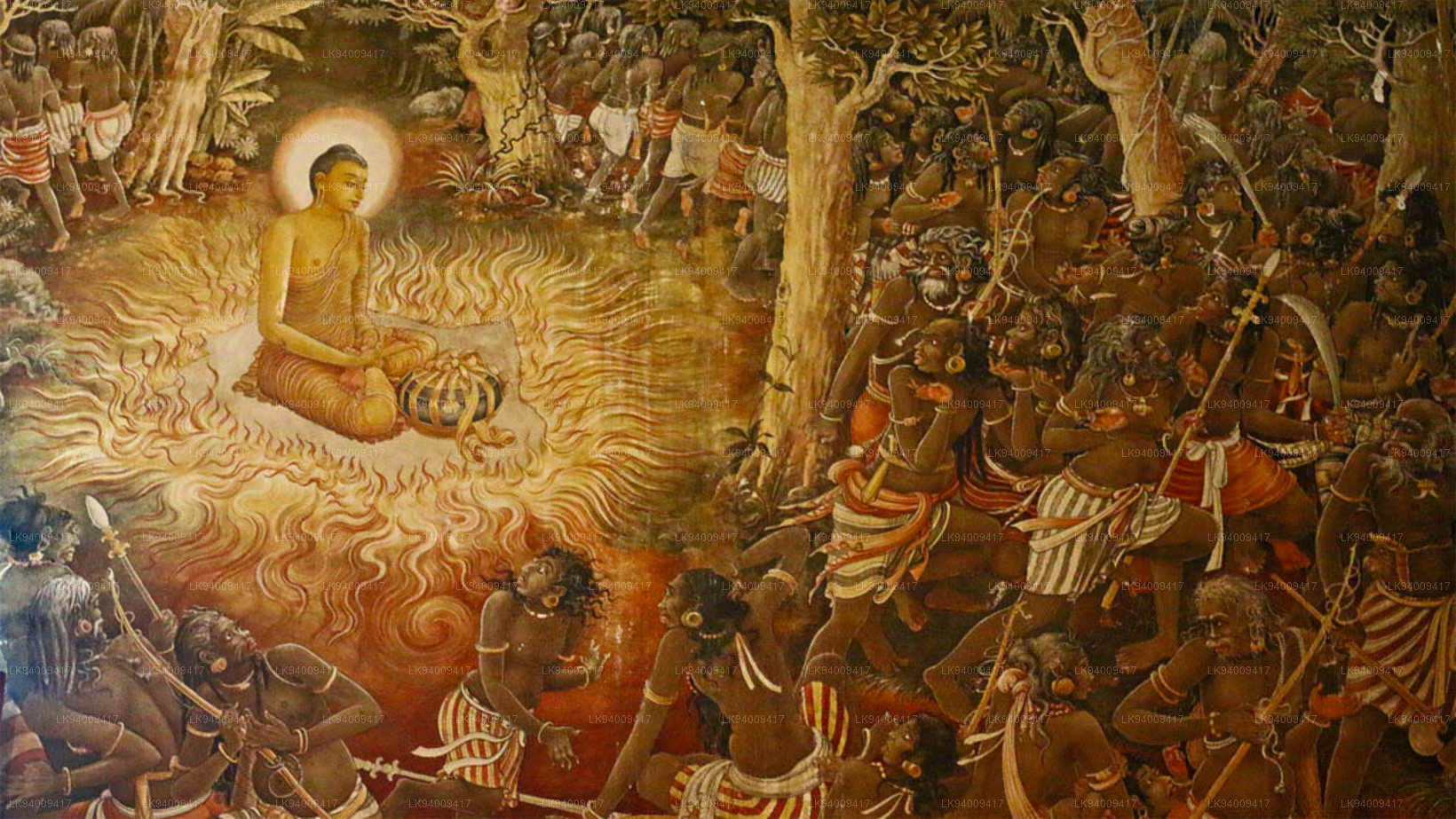
Enero
Duruthu Poya -
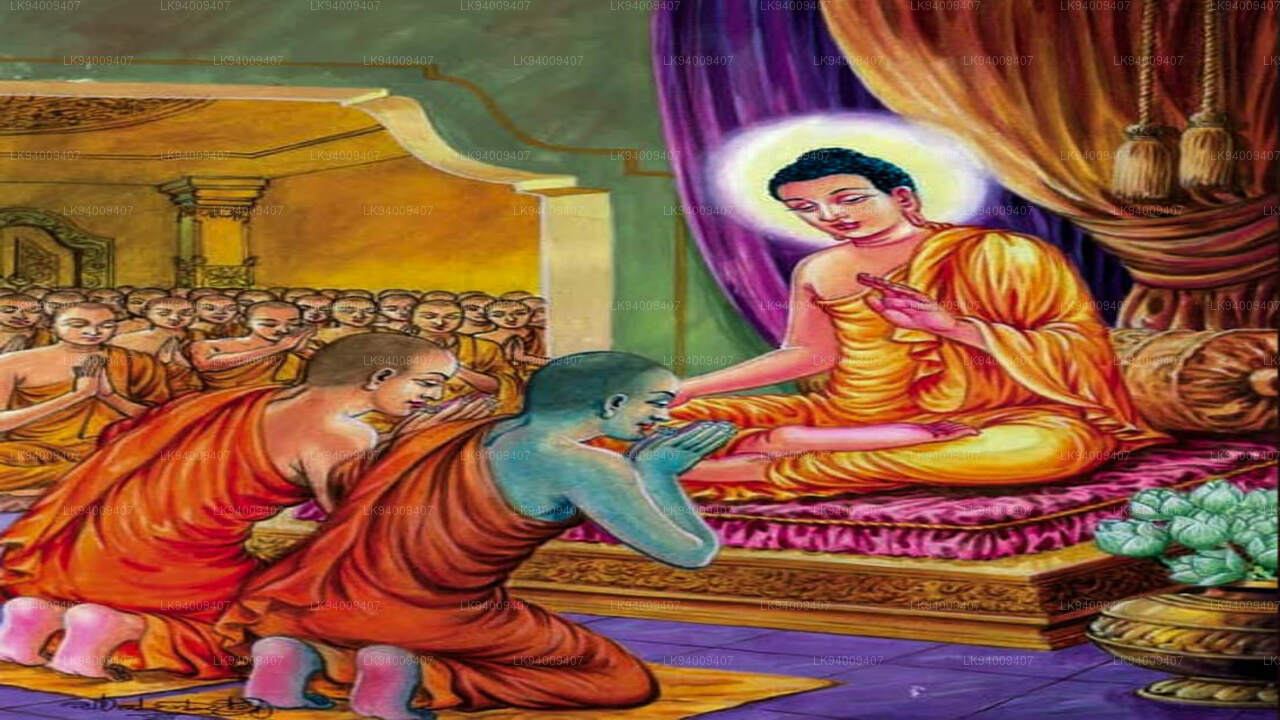
Febrero
Navam Poya -
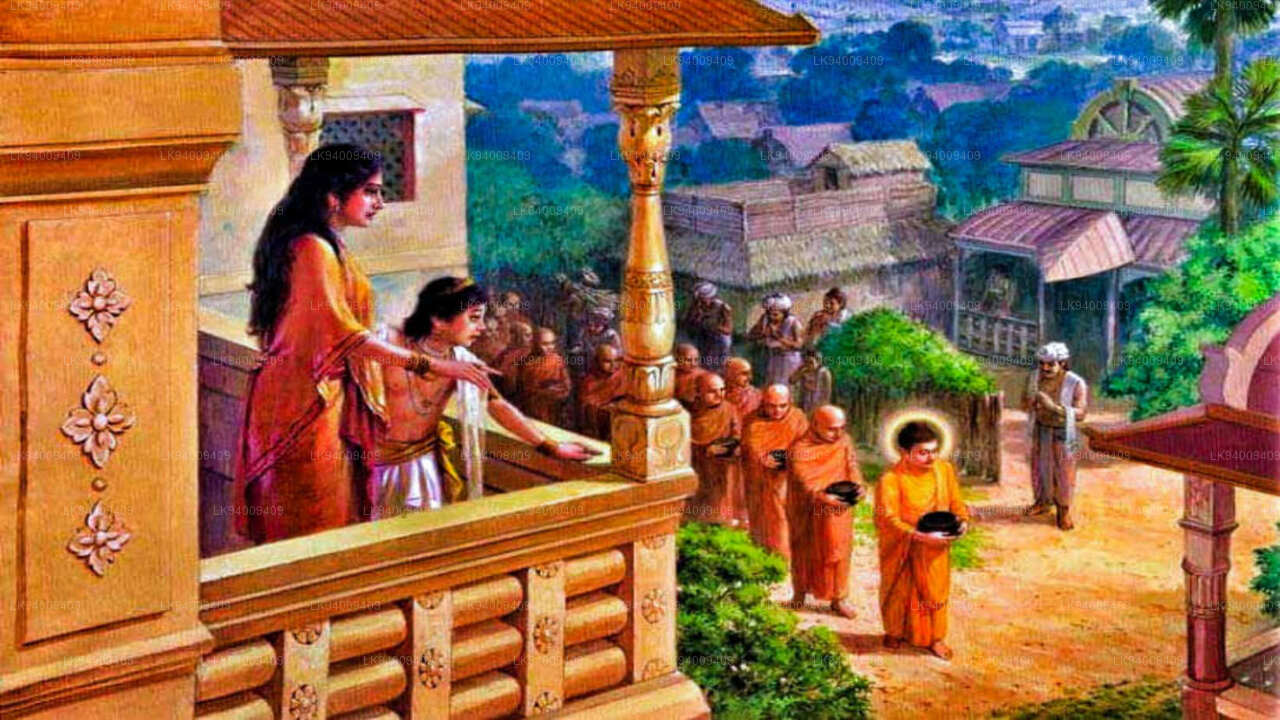
Marzo
Medin Poya -
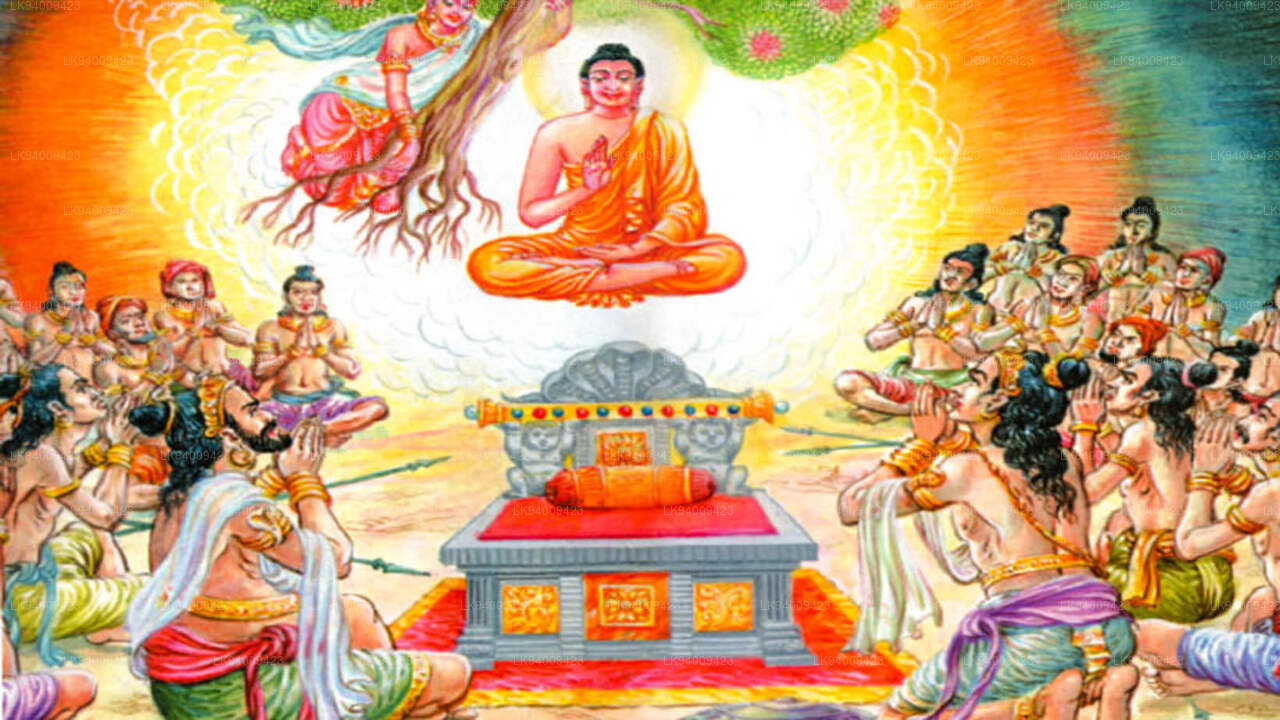
Abril
Bak Poya -

Puede
Vesak Poya -
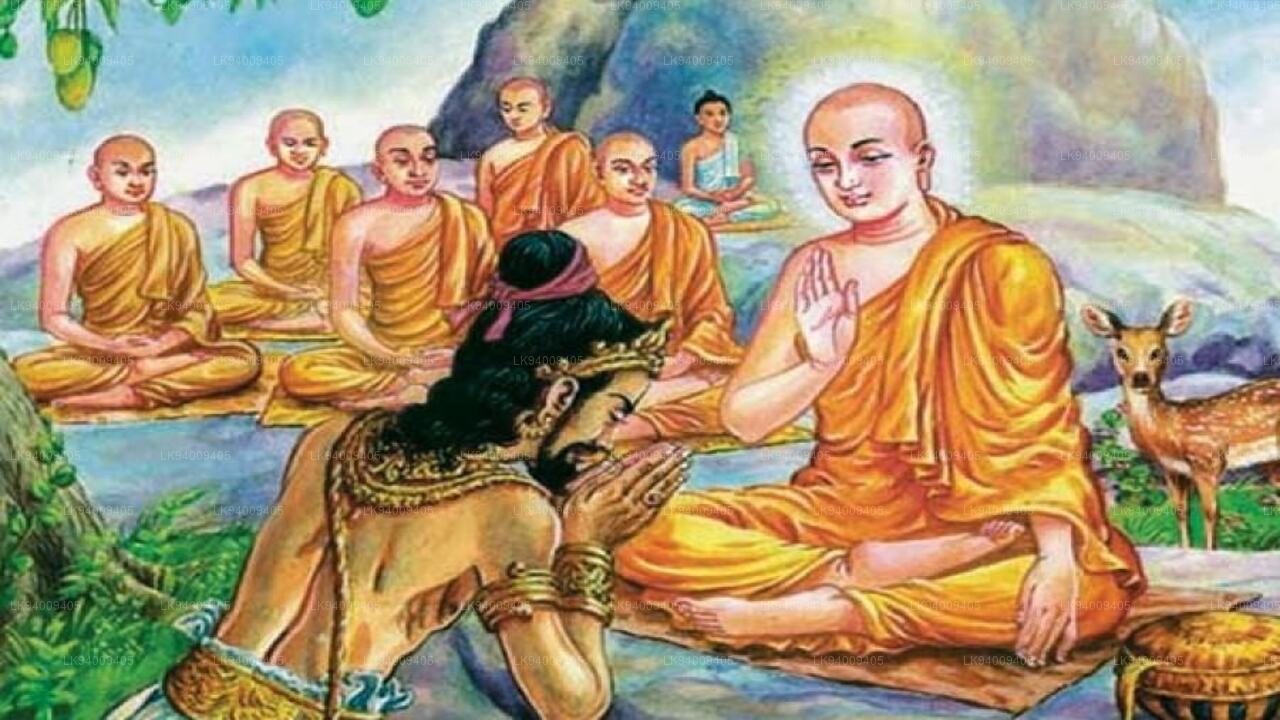
Junio
Poson Poya -

Julio
Esala Poya -
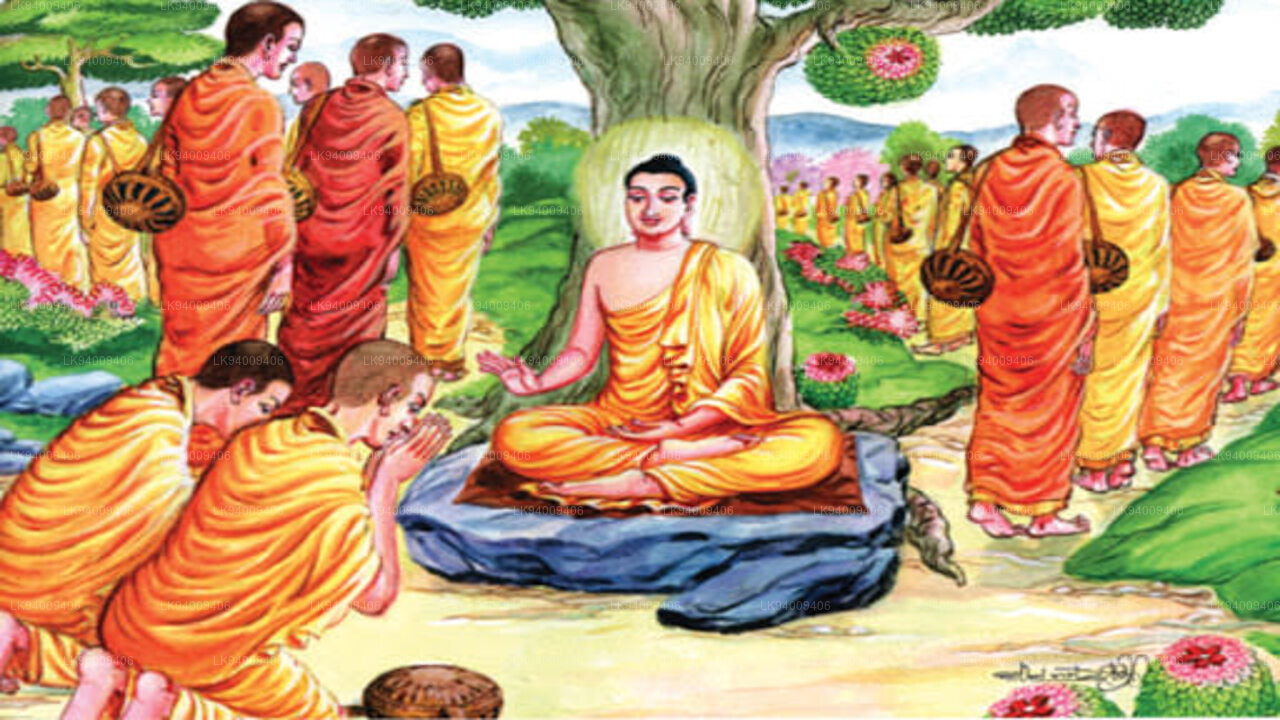
Agosto
Nikini Poya -
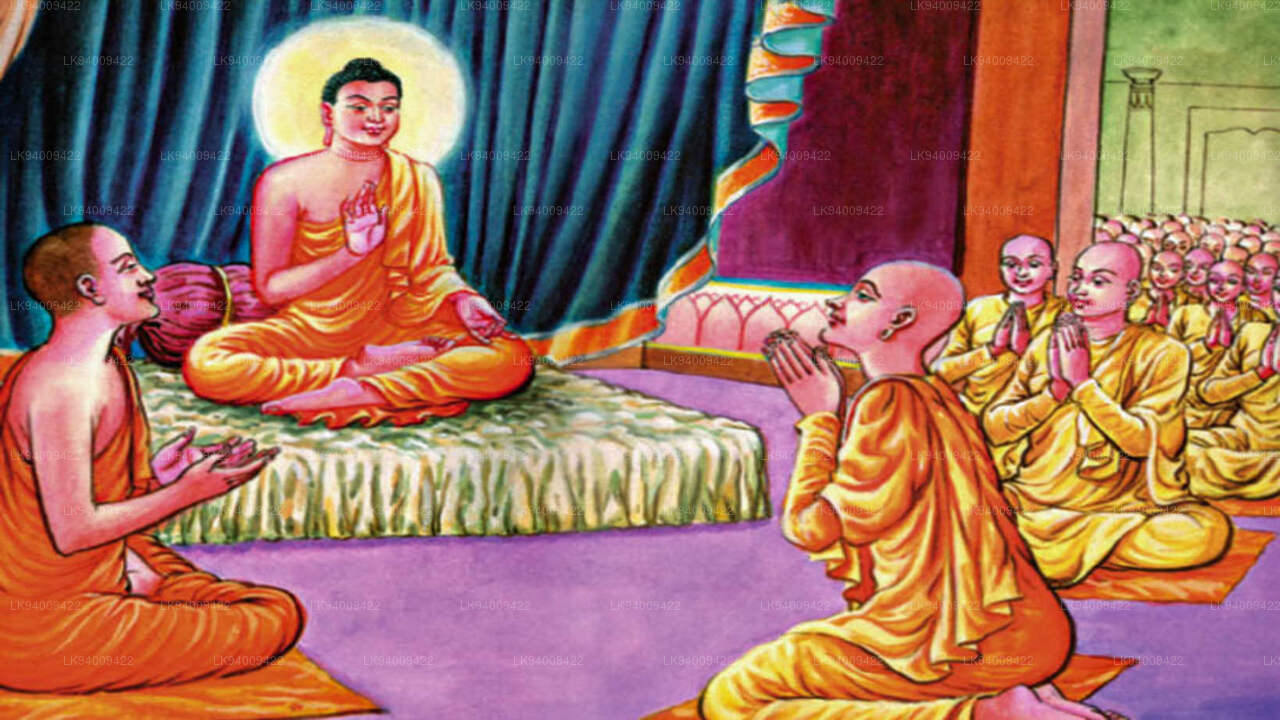
Septiembre
Binara Poya -
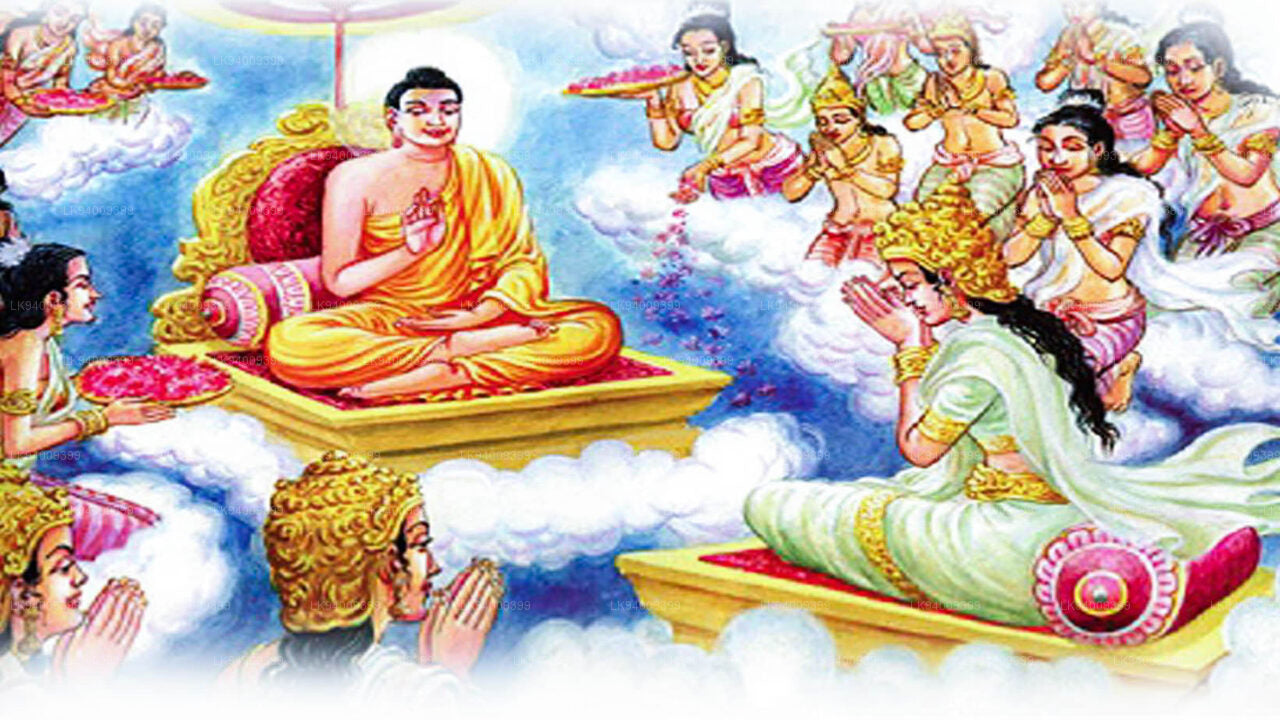
Octubre
Vap Poya -
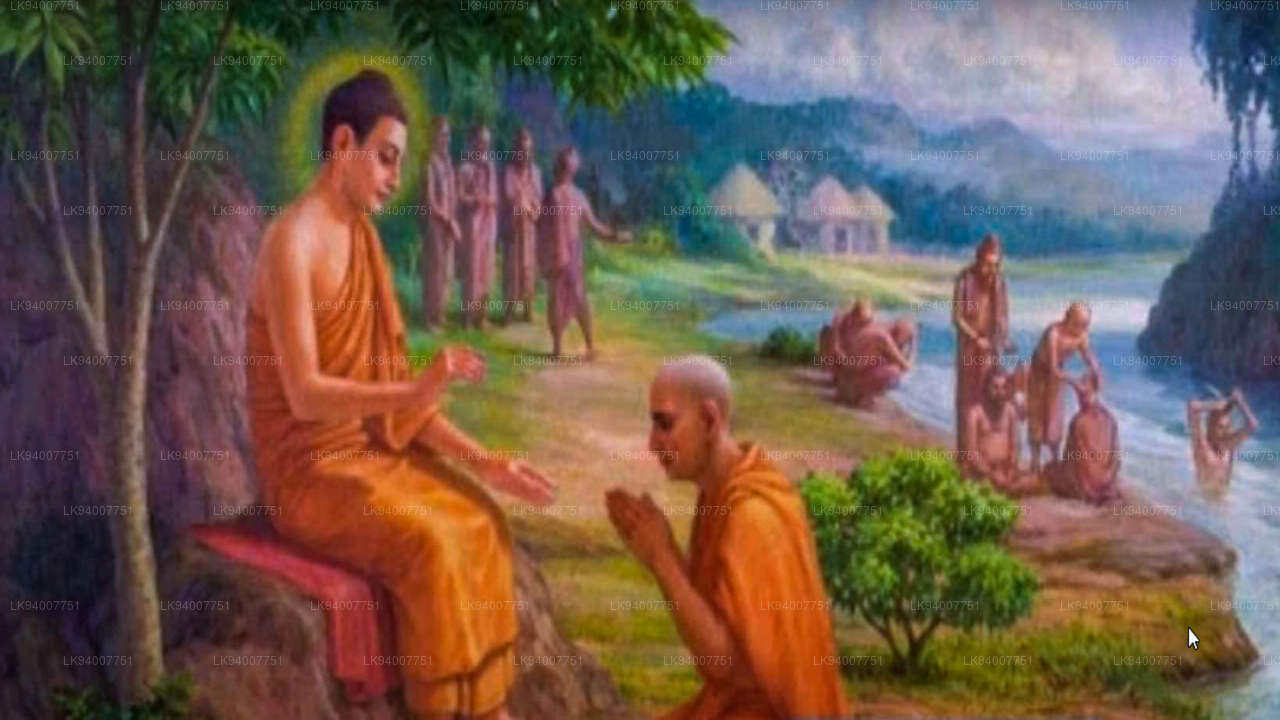
Noviembre
Il Poya -
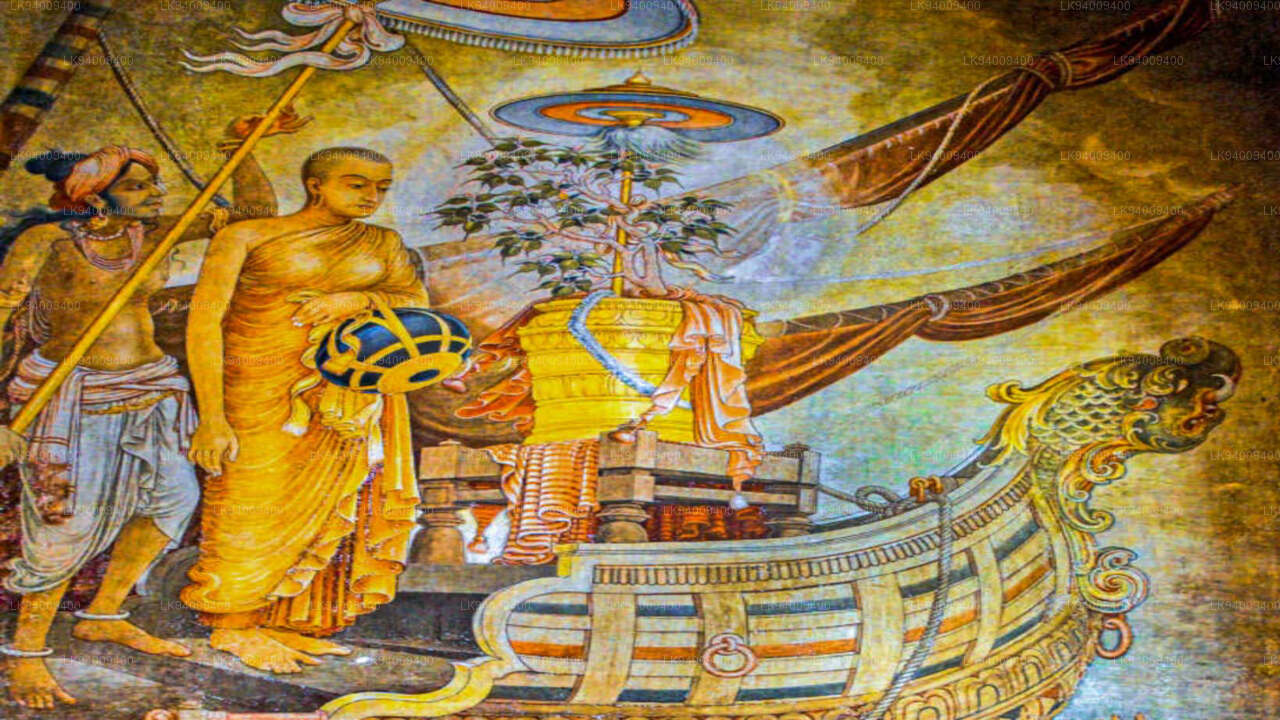
Diciembre
Unduvap Poya















